
Created Date: 28 Dec
0 Comments
Getting Started in Woodworking
Beginner Woodworking Tips
Getting started in woodworking can seem like a daunting task. From specialty woodworking tools to identifying and understanding the different types of wood, there is so much to know that even the old-timers are still developing their craft. But learning and experimenting are what woodworking is all about. Get started on the right foot with some essential basics about safety, tools, and lumber as well as the traditional layout and measuring techniques.
01
Safety Rules Every Woodworker Should Know
With sharp hand tools and unforgiving power tools, woodworking can be a dangerous activity. By following some basic safety rules, though, you can considerably reduce the risk of injury. To be effective, safety rules must be implemented every time—no exceptions. Committing to making safety a habit increases your enjoyment and lowers the chance of injury (or worse) while woodworking.
02
Top 10 Hand Tools Every Woodworker Needs
Hand tools are essential for woodworking, and many of the hand tools you'll use most often are ones that you may already own, including:
Hammer
Layout square
Tape measure
Utility knife
Chisels
Level
Screwdrivers
Sliding bevel
Nail sets
Block plane
03
Top 7 Power Tools Every Woodworker Should Have
In the span of woodworking history, power tools are a very recent innovation. However, it is hard to imagine modern woodworking without the use of power tools. That being said, one doesn't need a shop full of expensive woodworking machines to be an effective woodworker. When building a workshop, there are seven power tools to focus on first:
Circular saw
Jigsaw
Power drill
Random orbital sander
Table saw
Compound miter saw
Router
04
The Most Useful Woodworking Machines
Full-size table saws, band saws, and radial-arm saws are examples of woodworking machines that are most often used exclusively in a wood shop because they are far too large and cumbersome to be portable. Even though they're confined to the shop, these workhorses are so useful that it makes sense to complete a woodworking project in the shop and carry the finished piece to the location or job site where it will be used or installed.
05
Selecting Lumber for Your Woodworking Projects
If you have spent any time in a home center or lumberyard recently, you know that there is a lot of substandard material available that may not be usable for a fine woodworking project. Woodworkers learn how to pick through the stack to find suitable pieces of stock to avoid warped, cupped, bowed, twisted, and split boards.
06
The Easy Way to Check for Square
Nearly every woodworking project in one form or another will require you to check some intersection, joint, or board end for squareness, or "square." In some cases, you'll need to confirm that an entire assembly is square. For small projects, you can use a squaring tool, such as a try square, speed square, or framing square. For larger projects, you can check for square by measuring diagonally between opposing corners: The assembly is square when the measurements are equal. You can also use the 3-4-5 method, based on the Pythagorean Theorem: a2 + b2 = c2.
07
Shop Accessories Every Woodworker Should Have
In addition to woodworking tools, many shop accessories make woodworking tasks safer and easier to complete. These range from simple shop-made jigs to dust collection systems to storage strategies.
08
How to Calculate Board Feet
Hardwood boards and softwood lumber may look similar in shape and dimension, but they are sold using completely different measuring systems. Softwoods are typically sold in standard lumber dimensions (such as a 2x4), whereas hardwoods are most often sold by the board foot. Calculating board feet helps you guarantee that you're getting your money's worth on every piece of hardwood you purchase.

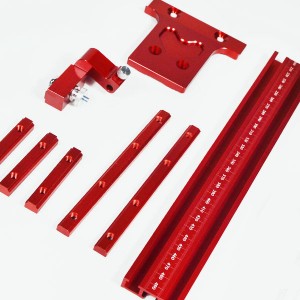
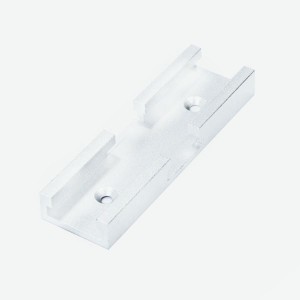
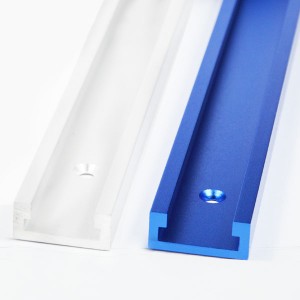
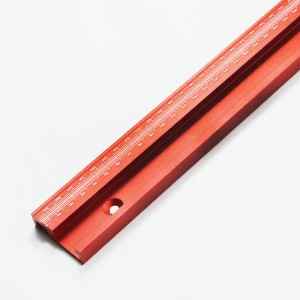
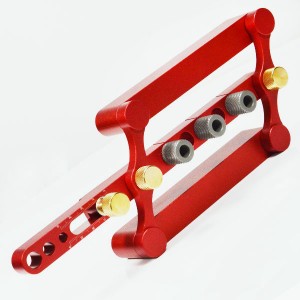
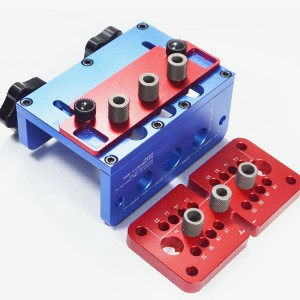
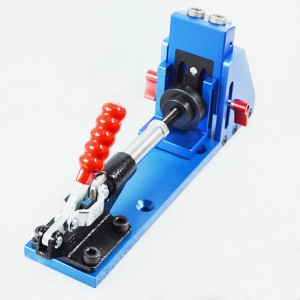
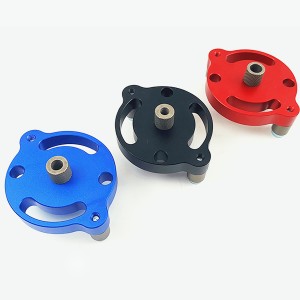
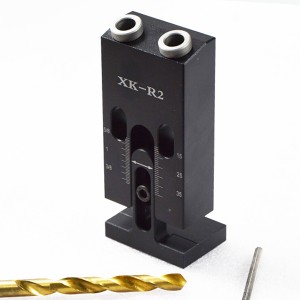
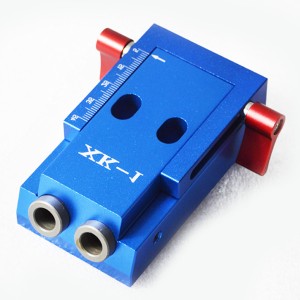
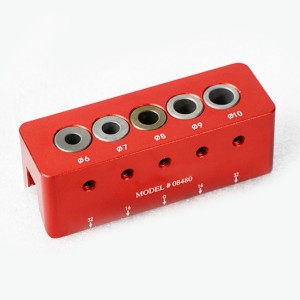
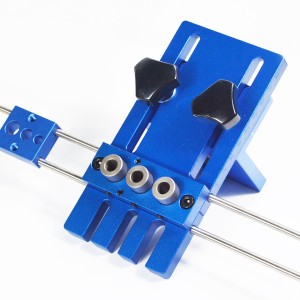
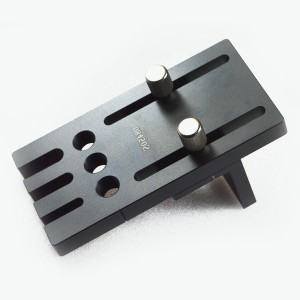
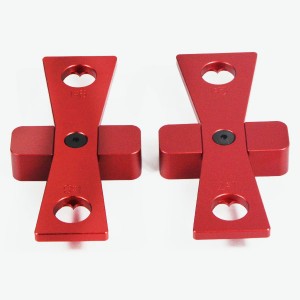
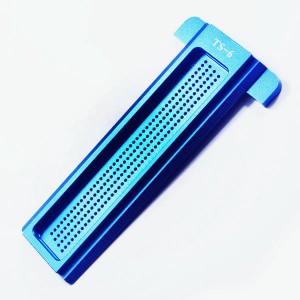
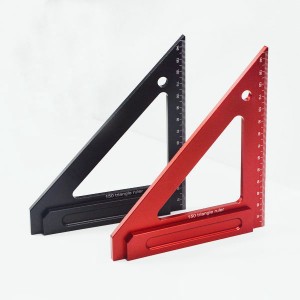
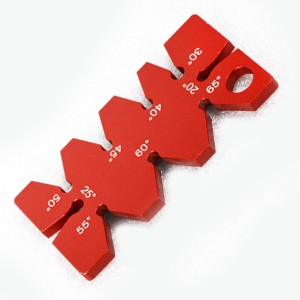
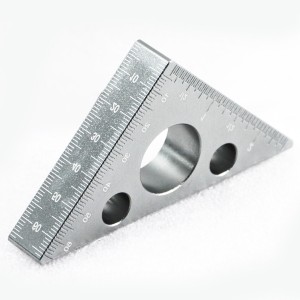
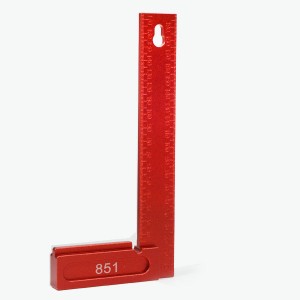
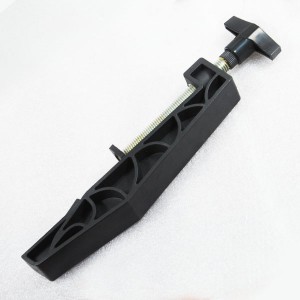
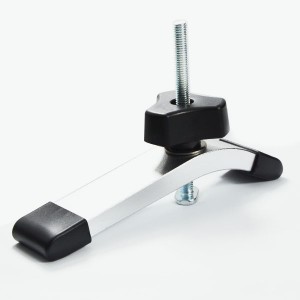
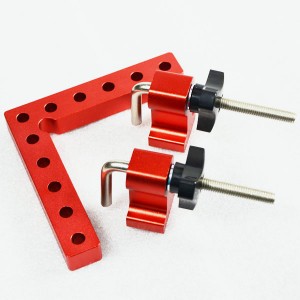
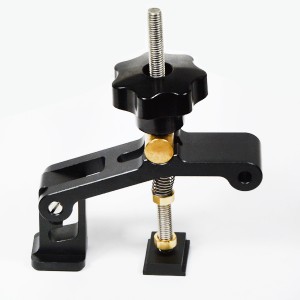
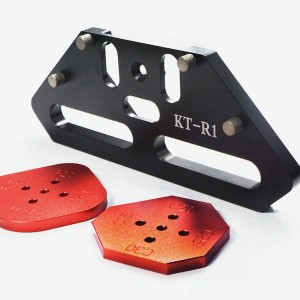
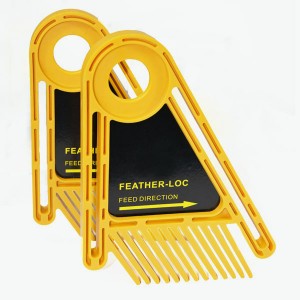
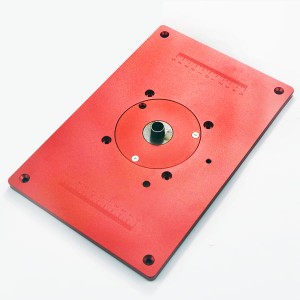
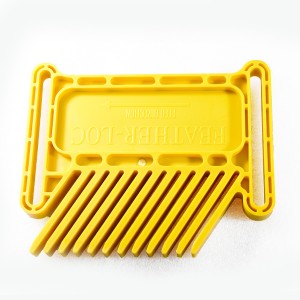
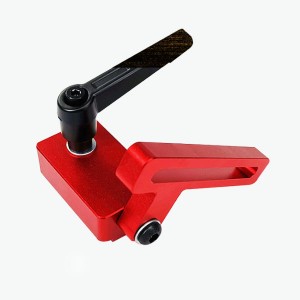
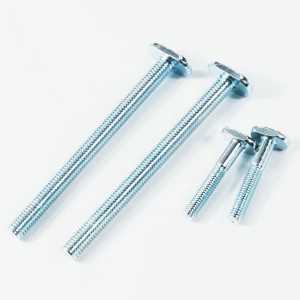
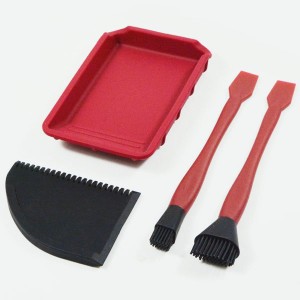
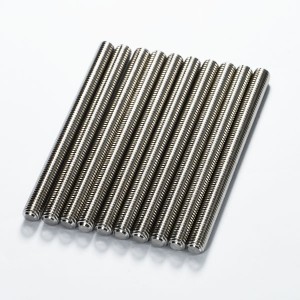
Leave your comment
Note: HTML is not translated!